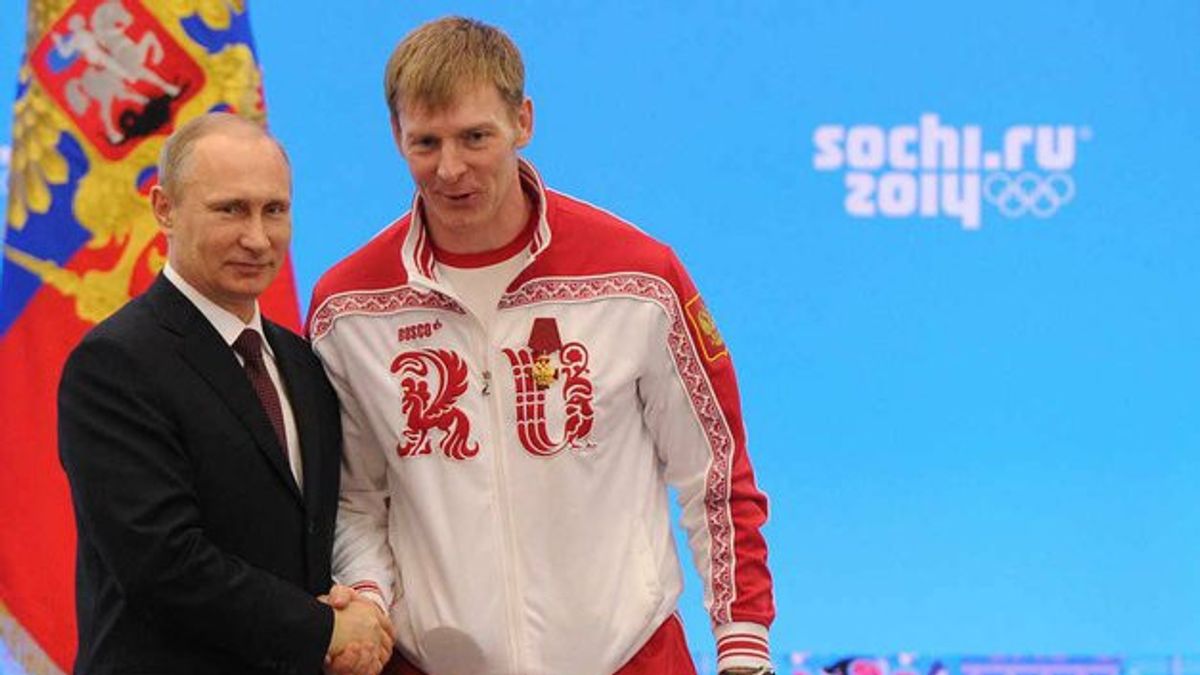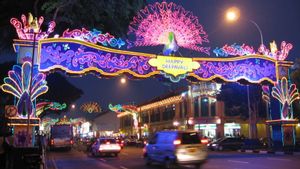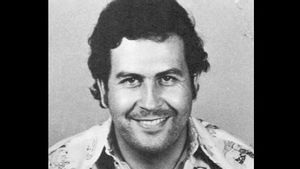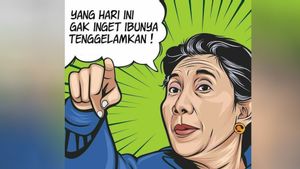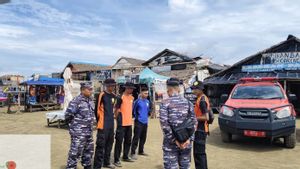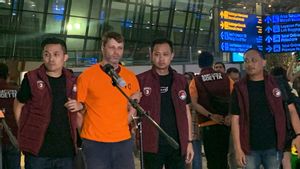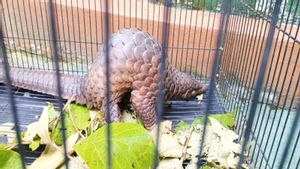JAKARTA - On 9 December 2016, the World Anti-Doping Agency (WADA) acknowledged the findings presented in its McLaren Investigation Report Part II regarding the institutionalized manipulation of the doping control process in Russia. Russia's doping manipulation was first exposed through Report I released on July 18, 2016, which focused on the number of athletes who benefited from the manipulation.
Citing History, this second report mentions a Russian doping conspiracy involving the Russian Ministry of Sports, the national anti-doping agency, and the FSB intelligence service. The report also found the fraud to be happening on an "unprecedented scale."
"For years, international sports competitions were deliberately hijacked by Russia", said a WADA investigator. "Coaches and athletes are playing on uneven pitches. Sports fans and spectators have been deceived", he added.
Following an initial investigation in July 2016, a second investigation involved more than 1,000 athletes. Many of them competed at the 2012 Olympics in London and the 2014 Winter Olympics in Sochi, Russia.
"This is what we expected", said Dmitry Svishchev, head of the Russian curling federation. "Nothing new, just empty accusations against us all. If you were Russian, you would be accused of every sin."

As a result of these findings, WADA barred Russia from participating in world sports championships for a state-sponsored scheme. A total of 168 athletes from Russia performed in Pyeongchang, February 2018 even though they were under the Olympic athlete flag from Russia (OAR).
Two athletes including Alexander Krushelnitsky and Nadezhda Sergeeva did not pass the doping test. Russia is also participating in the 2020 Tokyo Olympics although the clothes they wear are only allowed to say 'Russia' without the flag logo.
In 2019, Russia again received a four-year ban on a doping program due to data inconsistencies. But the ban was later reduced to two years.
Athletes and anti-doping groups reacted negatively to the easing of the ban. Athletes can still compete at the Olympics and the World Cup by wearing T-shirts with the word 'Russia.' Olympic gold medalist Callum Skinner said the decision meant "the biggest doping scandal in history that goes unpunished."
The ruling was also regretted by the head of the US anti-doping agency, Travis Tygart, who called it a "weak result." Tygart said: "To once again escape consequences that are commensurate with a crime, let alone a real ban, is a devastating blow to athletes who are clean, sporting integrity and the rule of law."

First case
The first case of Russian doping was discovered in November 2015. At that time an independent commission formed by WADA led by Dick Pound found Russian athletes in athletics in collusion with the state security agency.
After these findings, the Russian Athletics Federation (RUSAF) was sentenced to the International Athletics Federation (IAAF). WADA also considered the Russian Anti-Doping Agency non-compliance.
Apart from Russia, Indonesia has also experienced sanctions from WADA. WADA imposed sanctions on Indonesia for not complying with the test doping plan (TDP) program. As a result of these sanctions, the Indonesian men's badminton team could not fly the Red and White flag on the podium of the 2020 Thomas Cup. The Indonesian team could only use the PBSI flag.
WADA also imposed penalties for Thailand and North Korea. Thailand, which managed to win bronze in the 2020 Uber Cup, only flew the Thai Badminton Association flag. Thailand is also prohibited from flying its national flag during the AFF Cup.
*Read other information about TODAY's HISTORY or read other interesting articles from Putri Ainur Islam.
TODAY'S HISTORY More
SEE ALSO:
The English, Chinese, Japanese, Arabic, and French versions are automatically generated by the AI. So there may still be inaccuracies in translating, please always see Indonesian as our main language. (system supported by DigitalSiber.id)
